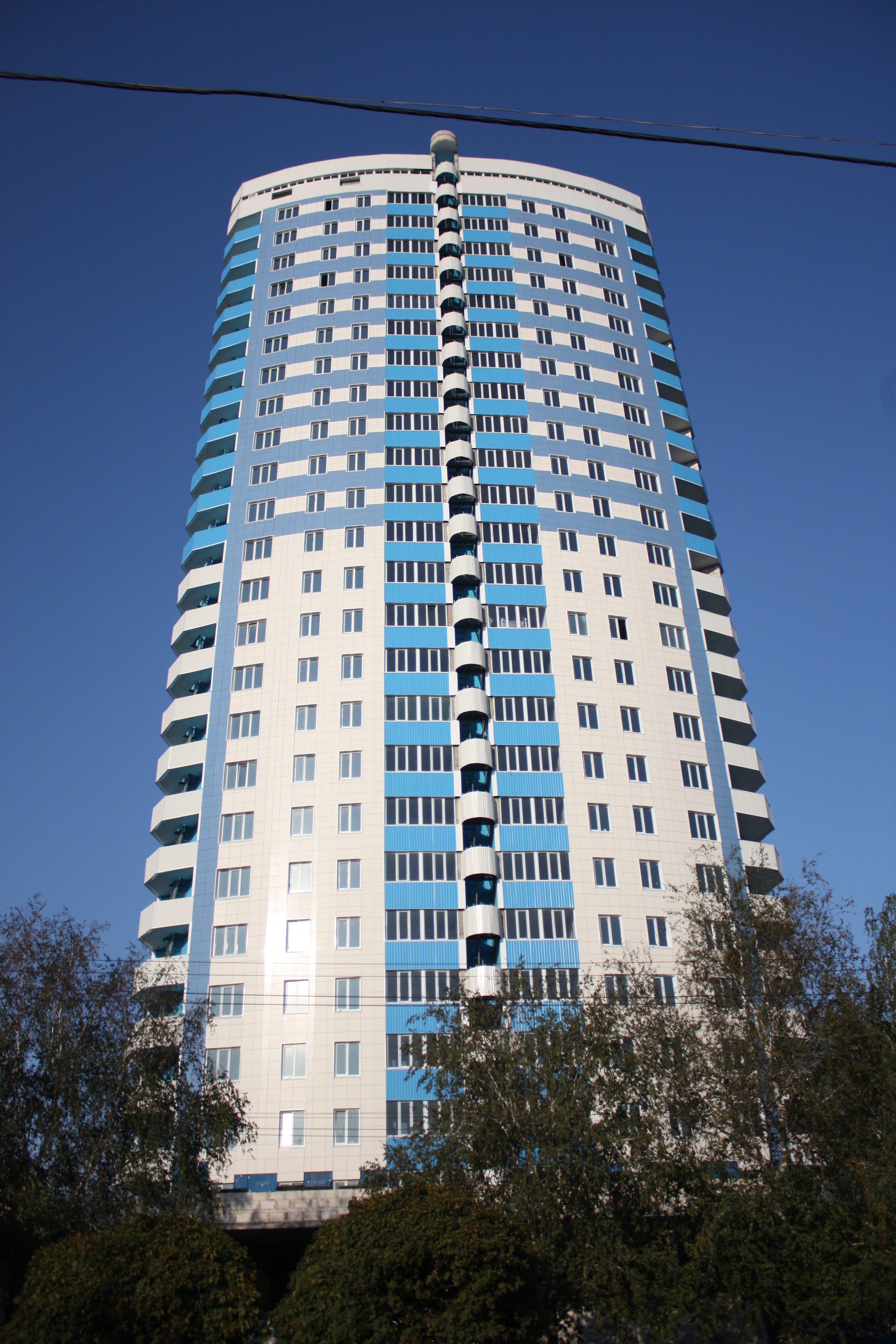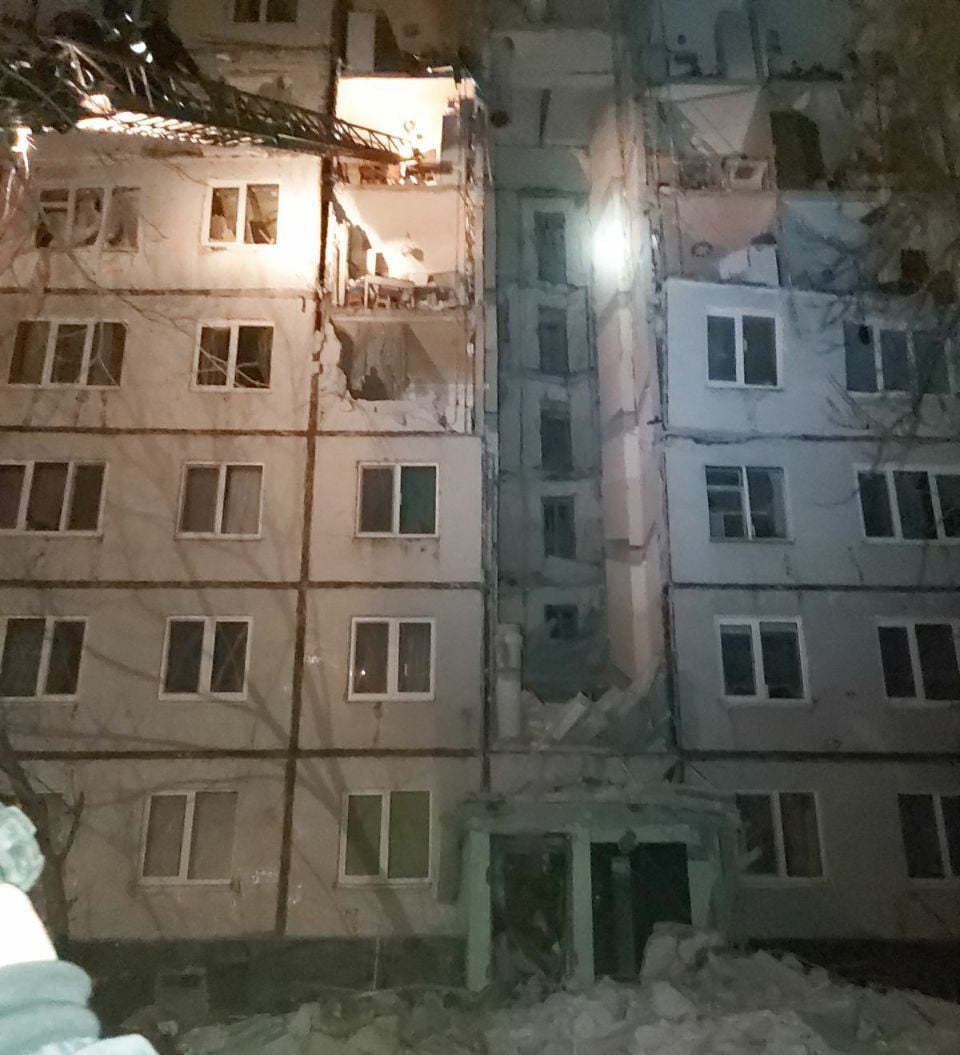|
Trams In Kharkiv
The Kharkiv tram ( uk, Харкiвський трамвай) is part of the public transport system of the second largest city of Ukraine. The tram system has a "Russian Standard" track gauge of . The tram network is built almost exclusively on the streets of Kharkiv, making it a traditional tram system. The network consists almost exclusively of double track. In most parts the tracks are separated from other road traffic, whereas elsewhere tracks lie on lanes that cars and buses may also use. History The first 12 carriages, in 1906, were built at Maschinenfabrik Augsburg-Nürnberg AG. The track width was 1,000 millimeters (the current track width is 1,524 millimeters). Current times In October 2016, extensive sections of the track are in poor condition, even unsafe. Sleepers are rotten in parts, fishplates unbolted, pointwork derelict, some rails have sunk some 8 cm below the road surface, overhead voltage supply is poorly regulated. Speeds are low. In October 2018, th ... [...More Info...] [...Related Items...] OR: [Wikipedia] [Google] [Baidu] |
Kharkiv
Kharkiv ( uk, wikt:Харків, Ха́рків, ), also known as Kharkov (russian: Харькoв, ), is the second-largest List of cities in Ukraine, city and List of hromadas of Ukraine, municipality in Ukraine.Kharkiv "never had eastern-western conflicts" ''Euronews'' (23 October 2014) Located in the northeast of the country, it is the largest city of the historic Sloboda Ukraine, Slobozhanshchyna region. Kharkiv is the administrative centre of Kharkiv Oblast and of the surrounding Kharkiv Raion. The latest population is Kharkiv was founded in 1654 as Kharkiv fortress, and after these humble beginnings, it grew to be a major centre of industry, trade and Ukrainian culture in the Russian Empire. At the beginning of the 20th century, ... [...More Info...] [...Related Items...] OR: [Wikipedia] [Google] [Baidu] |
2022 Russian Invasion Of Ukraine
On 24 February 2022, in a major escalation of the Russo-Ukrainian War, which began in 2014. The invasion has resulted in tens of thousands of deaths on both sides. It has caused Europe's largest refugee crisis since World War II. An estimated 8 million Ukrainians were displaced within their country by late May and 7.8 million fled the country by 8 November 2022, while Russia, within five weeks of the invasion, experienced its greatest emigration since the 1917 October Revolution. Following the 2014 Ukrainian Revolution, Russia annexed Crimea, and Russian-backed paramilitaries seized part of the Donbas region of south-eastern Ukraine, which consists of Luhansk and Donetsk oblasts, sparking a regional war. In March 2021, Russia began a large military build-up along its border with Ukraine, eventually amassing up to 190,000 troops and their equipment. Despite the build-up, denials of plans to invade or attack Ukraine were issued by various Russian gove ... [...More Info...] [...Related Items...] OR: [Wikipedia] [Google] [Baidu] |
Town Tramway Systems By City
A town is a human settlement. Towns are generally larger than villages and smaller than city, cities, though the criteria to distinguish between them vary considerably in different parts of the world. Origin and use The word "town" shares an origin with the German language, German word , the Dutch language, Dutch word , and the Old Norse . The original Proto-Germanic language, Proto-Germanic word, *''tūnan'', is thought to be an early borrowing from Proto-Celtic language, Proto-Celtic *''dūnom'' (cf. Old Irish , Welsh language, Welsh ). The original sense of the word in both Germanic and Celtic was that of a fortress or an enclosure. Cognates of ''town'' in many modern Germanic languages designate a fence or a hedge. In English and Dutch, the meaning of the word took on the sense of the space which these fences enclosed, and through which a track must run. In England, a town was a small community that could not afford or was not allowed to build walls or other larger fort ... [...More Info...] [...Related Items...] OR: [Wikipedia] [Google] [Baidu] |
Transport In Kharkiv
Transport (in British English), or transportation (in American English), is the intentional movement of humans, animals, and goods from one location to another. Modes of transport include air, land ( rail and road), water, cable, pipeline, and space. The field can be divided into infrastructure, vehicles, and operations. Transport enables human trade, which is essential for the development of civilizations. Transport infrastructure consists of both fixed installations, including roads, railways, airways, waterways, canals, and pipelines, and terminals such as airports, railway stations, bus stations, warehouses, trucking terminals, refueling depots (including fueling docks and fuel stations), and seaports. Terminals may be used both for interchange of passengers and cargo and for maintenance. Means of transport are any of the different kinds of transport facilities used to carry people or cargo. They may include vehicles, riding animals, and pack animals. Vehicles may i ... [...More Info...] [...Related Items...] OR: [Wikipedia] [Google] [Baidu] |
Tram Transport In Ukraine
A tram (called a streetcar or trolley in North America) is a rail vehicle that travels on tramway tracks on public urban streets; some include segments on segregated right-of-way. The tramlines or networks operated as public transport are called tramways or simply trams/streetcars. Many recently built tramways use the contemporary term light rail. The vehicles are called streetcars or trolleys (not to be confused with trolleybus) in North America and trams or tramcars elsewhere. The first two terms are often used interchangeably in the United States, with ''trolley'' being the preferred term in the eastern US and ''streetcar'' in the western US. ''Streetcar'' or ''tramway'' are preferred in Canada. In parts of the United States, internally powered buses made to resemble a streetcar are often referred to as "trolleys". To avoid further confusion with trolley buses, the American Public Transportation Association (APTA) refers to them as " trolley-replica buses". In the U ... [...More Info...] [...Related Items...] OR: [Wikipedia] [Google] [Baidu] |
Kharkiv Metro
The Kharkiv Metro ( uk, Харківське метро or Харківський метрополітен) is the rapid transit system that serves the city of Kharkiv, the second largest city in Ukraine. The metro was the second in Ukraine (after Kyiv) and the sixth in the USSR when it opened on August 22–23,The official opening ceremony was held on August 22, with the Metro system being opened to the general public on August 23. 1975.Official Web Site (24 June 2019) The metro consists of three lines that operate on of the route and serve 30 stations. The system transported 223 million passengers in 2018 (up from 212.85 million in 2017). History Initial plans for a rapid transit system in Kharkiv were made ...[...More Info...] [...Related Items...] OR: [Wikipedia] [Google] [Baidu] |
Prague
Prague ( ; cs, Praha ; german: Prag, ; la, Praga) is the capital and largest city in the Czech Republic, and the historical capital of Bohemia. On the Vltava river, Prague is home to about 1.3 million people. The city has a temperate oceanic climate, with relatively warm summers and chilly winters. Prague is a political, cultural, and economic hub of central Europe, with a rich history and Romanesque, Gothic, Renaissance and Baroque architectures. It was the capital of the Kingdom of Bohemia and residence of several Holy Roman Emperors, most notably Charles IV (r. 1346–1378). It was an important city to the Habsburg monarchy and Austro-Hungarian Empire. The city played major roles in the Bohemian and the Protestant Reformations, the Thirty Years' War and in 20th-century history as the capital of Czechoslovakia between the World Wars and the post-war Communist era. Prague is home to a number of well-known cultural attractions, many of which survived the ... [...More Info...] [...Related Items...] OR: [Wikipedia] [Google] [Baidu] |
Ostrava
Ostrava (; pl, Ostrawa; german: Ostrau ) is a city in the north-east of the Czech Republic, and the capital of the Moravian-Silesian Region. It has about 280,000 inhabitants. It lies from the border with Poland, at the confluences of four rivers: Oder, Opava, Ostravice and Lučina. Ostrava is the third largest city in the Czech Republic in terms of both population and area, the second largest city in the region of Moravia, and the largest city in the historical land of Czech Silesia. It straddles the border of the two historic provinces of Moravia and Silesia. The wider conurbation – which also includes the towns of Bohumín, Havířov, Karviná, Orlová, Petřvald and Rychvald – is home to about 500,000 people, making it the largest urban area in the Czech Republic apart from the capital Prague. Ostrava grew in importance due to its position at the heart of a major coalfield, becoming an important industrial engine of the Austrian empire. During the 20th century it was k ... [...More Info...] [...Related Items...] OR: [Wikipedia] [Google] [Baidu] |
Brno
Brno ( , ; german: Brünn ) is a city in the South Moravian Region of the Czech Republic. Located at the confluence of the Svitava and Svratka rivers, Brno has about 380,000 inhabitants, making it the second-largest city in the Czech Republic after the capital, Prague, and one of the 100 largest cities of the EU. The Brno metropolitan area has almost 700,000 inhabitants. Brno is the former capital city of Moravia and the political and cultural hub of the South Moravian Region. It is the centre of the Czech judiciary, with the seats of the Constitutional Court, the Supreme Court, the Supreme Administrative Court, and the Supreme Public Prosecutor's Office, and a number of state authorities, including the Ombudsman, and the Office for the Protection of Competition. Brno is also an important centre of higher education, with 33 faculties belonging to 13 institutes of higher education and about 89,000 students. Brno Exhibition Centre is among the largest exhibition ... [...More Info...] [...Related Items...] OR: [Wikipedia] [Google] [Baidu] |
Saltivka
Saltivka ( uk, Салтiвка) is a large residential area located in the northeastern region of Kharkiv in eastern Ukraine. It covers most of the eponymous Saltivskyi District with parts extending into the Kyivskyi District and Nemyshlyanskyi District. It is sometimes called the Saltivskyi Masyv, as it realizes a soviet urban planning concept which consist of several different neighborhoods with similar architectural design. Despite its reputation as a deprived residential area with outdated and dilapidated housing, more than a third of Kharkiv's total population resides within its boundaries. According to various estimates, some 400–800,000 people used to live there, making it one of the largest residential areas in Ukraine. The name of the neighborhood is derived from the road that leads to Staryi Saltiv and Verkhnii Saltiv in Chuhuiv Raion. The exact borders of the area aren't well defined, traditionally it refers to a part of the city located between the Kharkiv river ... [...More Info...] [...Related Items...] OR: [Wikipedia] [Google] [Baidu] |
Battle Of Kharkiv (2022)
The Battle of Kharkiv was a military engagement that took place from February to May 2022 in and around the city of Kharkiv in Ukraine, as part of the northeastern Ukraine offensive and eastern Ukraine offensive during the 2022 Russian invasion of Ukraine. Kharkiv, located just south of the Russia–Ukraine border and a predominately Russian-speaking city, is the second-largest city in Ukraine and was considered a major target for the Russian military early in the invasion. By 13 May, Ukrainian forces pushed Russian units attempting to encircle the city back towards the Russian border. Additionally, it was reported that Russia had withdrawn units from the area. The Institute for the Study of War opined that Ukraine had "likely won the battle of Kharkiv". However, bombardment continued, and by 20 May, Russian forces were again shelling Kharkiv city. As a result of the subsequent counteroffensive in the Kharkiv Oblast, Russian forces located close to the city were pushed back, ... [...More Info...] [...Related Items...] OR: [Wikipedia] [Google] [Baidu] |

.jpg)






